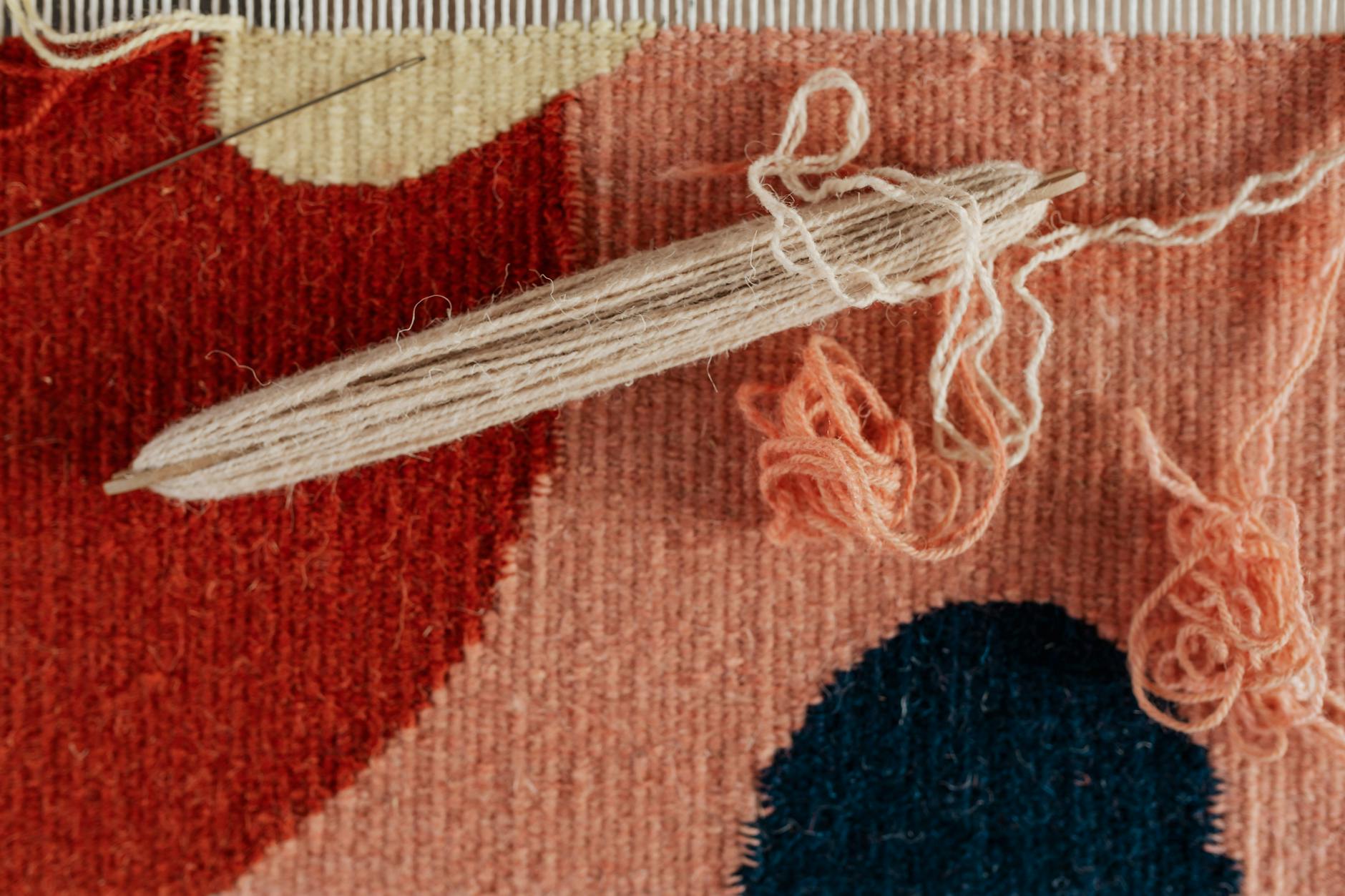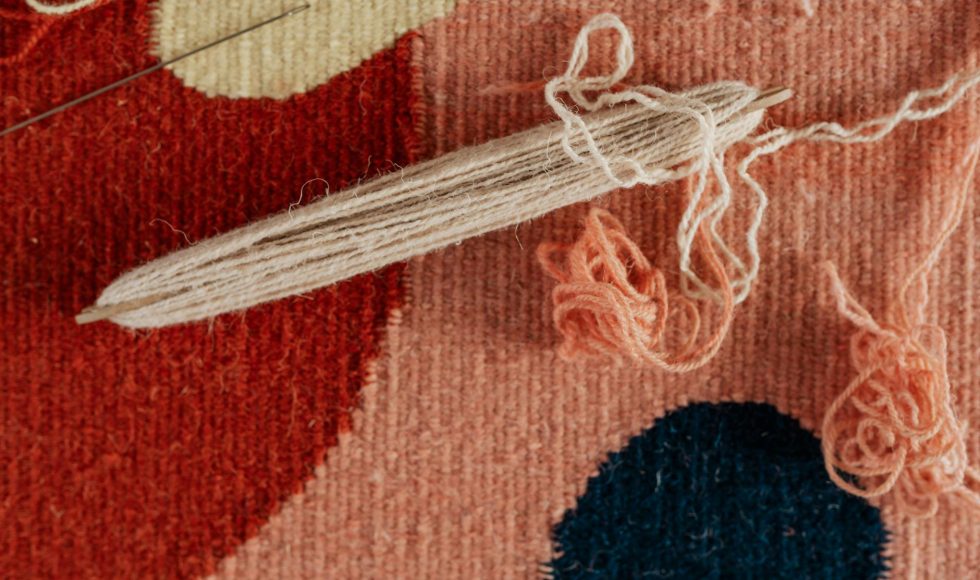John Davey from the University of York in the UK presented at London Calling 2019 on “Tapestry: assessing small eukaryotic genome assemblies with long reads.” Davey spoke about the tool and mentioned they are a Nanopore Service Certified core. Davey spoke about Galdieria sulphuraria with a genome of 10-20 Mb with several chromosomes. This organism is a red algae with the capacity to survive in extreme environments. It is intriguing because of its bioremediation capabilities. Davey spoke about sequencing and attempting to complete chromosomes. Validating assemblies like this one may require validating chromosome fragments, identifying haplotypes and potential symbionts, and removing junk or sorting out complex variations. Davey developed Tapestry to automate the process and visualize results. Tapestry is for small eukaryotic genomes with less than 100 contigs. Tapestry is a Python tool. The program takes reads, contigs, and telomere sequences to produce an HTML report. The summary of the assembly. Chromosomes are pictures with telomeres. For example, read alignments can be visualized to assess chromosome endings. Tapestry can estimate ploidy, too. Davey noted that this genome has examples of areas that align between chromosomes. Tapestry can export reports and features of your assembly. Davey noted that with a single line of code, a report is generated that can be edited and shared with collaborators. I was amazed by how complex this small algal genome is!



